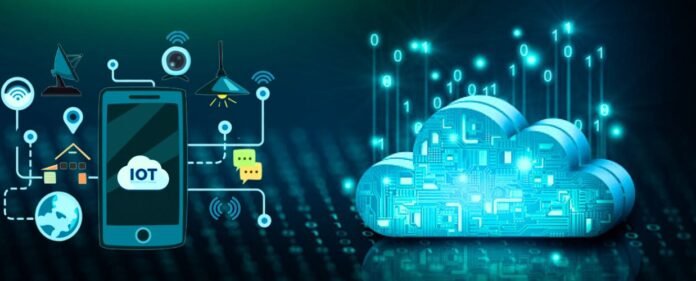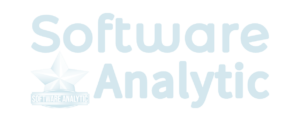Cloud computing and the Internet of Things (IoT) are two transformative technologies that have revolutionized how we interact with the digital world. The convergence of these two fields, often called IoT Cloud, has unleashed a new wave of innovation and opportunities across industries. In this article, we will analyze the profound impact of cloud computing on IoT technologies and delve into the benefits, challenges, and future possibilities that arise from this symbiotic relationship.
Enhancing Connectivity and Scalability
One of the key advantages of leveraging cloud computing in IoT is the seamless connectivity it provides. IoT devices can transmit and receive data efficiently by utilizing the cloud as a central hub, enabling real-time monitoring, analysis, and decision-making. The scalability of cloud infrastructure also allows IoT deployments to expand effortlessly as the number of connected devices increases.
Cloud Computing on IoT offers robust data processing capabilities, enabling IoT applications to handle massive data generated by interconnected devices. It facilitates advanced analytics, machine learning, and predictive modeling, empowering organizations to extract valuable insights and make real-time data-driven decisions.
Overcoming Resource Constraints
IoT devices often have limited computational power, storage capacity, and battery life. However, IoT devices can function more efficiently by offloading resource-intensive tasks to the cloud. Cloud Computing on IoT provides a limitless pool of computational resources, allowing devices to leverage sophisticated algorithms and process complex tasks without straining their limited capabilities.
Additionally, Cloud Computing on IoT enables efficient storage and retrieval of device-generated data. Rather than burdening the limited local storage of IoT devices, valuable data can be securely stored in the cloud, creating it accessible from anywhere at any time. This centralized approach alleviates IoT devices’ storage constraints and facilitates data sharing and collaboration between multiple stakeholders.
Enhancing Security and Reliability
Cloud computing enhances the security and reliability of IoT systems. Cloud service providers invest heavily in robust security measures, including encryption, access controls, and intrusion detection systems, protecting the data transmitted between IoT devices and the cloud. By leveraging the expertise and infrastructure of cloud providers, IoT deployments can benefit from enterprise-grade security protocols and continuous monitoring.
Furthermore, cloud-based backups and redundancies ensure the reliability and availability of IoT systems. In case of a device failure or network disruption, IoT data can be seamlessly replicated and stored in the cloud, minimizing downtime and preserving critical information. This resilience provided by cloud computing strengthens the overall reliability and uptime of IoT deployments.
Addressing Data Privacy and Compliance
The proliferation of IoT devices raises data privacy and compliance concerns. Cloud computing on IoT offers comprehensive solutions to address these challenges. By leveraging the cloud, IoT deployments can implement robust data encryption techniques, access controls, and privacy policies to protect sensitive information.
Cloud providers also ensure compliance with industry-specific regulations and standards, such as GDPR (General Data Protection Regulation) and HIPAA (Health Insurance Portability and Accountability Act). They undergo rigorous audits and adhere to stringent security practices, alleviating the compliance burden for IoT deployments.
Future Possibilities and Challenges
The synergy between cloud computing and IoT opens up numerous possibilities for future innovation. As cloud platforms continue to evolve, they can provide advanced analytics capabilities, enabling real-time insights and predictive capabilities. Cloud Computing on IoT allows businesses to optimize operations, enhance customer experiences, and drive innovation.
However, this convergence also presents challenges. The enormous amount of data IoT gadgets generate requires robust network infrastructure and bandwidth. Additionally, latency and connectivity issues can hinder real-time applications. Addressing these challenges requires continuous advancements in cloud computing infrastructure and networking technologies.
Conclusion
Cloud Computing on IoT has profoundly impacted, revolutionizing how we collect, analyze, and utilize data from interconnected devices. The seamless connectivity, scalability, and resource optimization provided by cloud platforms enhance the functionality and efficiency of IoT deployments. Additionally, cloud computing on IoT addresses security, reliability, and compliance concerns, enabling organizations to leverage their full potential. While there are challenges to overcome, the future looks promising as cloud computing and IoT continue to drive innovation and transform industries, empowering businesses and individuals with the power of connected technologies.




















